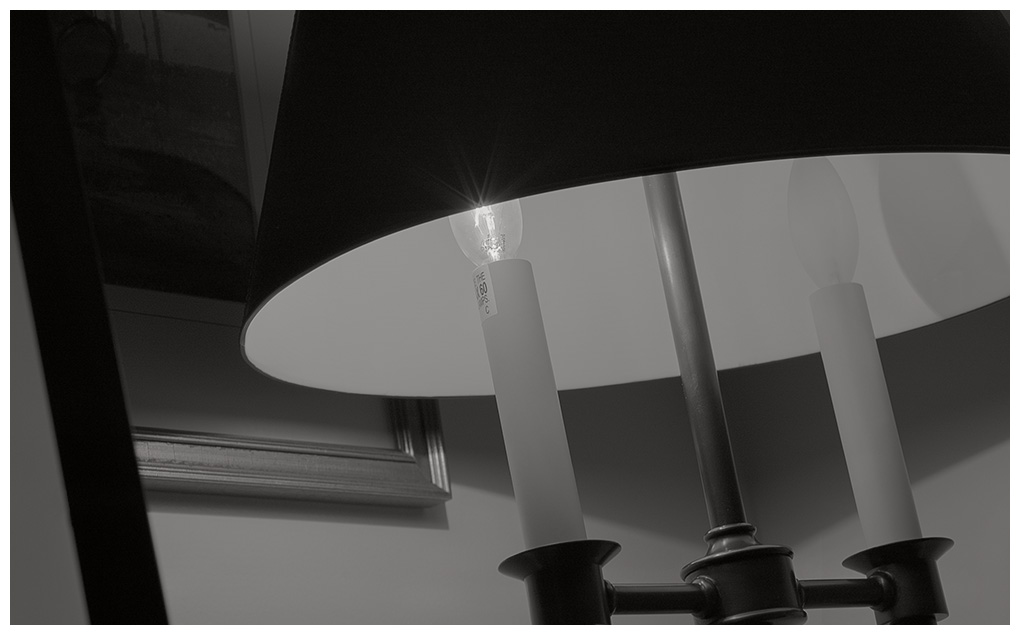In considering lenses for the work you do, I suggest you weigh contrast just as heavily as resolution. I looked at the lovely tones you're achieving on your website and can imagine how beautiful they look in your Piezo prints. But in shifting from film to a digital sensor you won't have the same tonal curve with toe and shoulder that you're accustomed to on film – it'll be just a straight line. This means it will be harder to extend the highlights in the way I can see on your website, and contrasty files will complicate the issue. (I'm not so worried about shadow detail, because you can tease a lot out of Sony files.)
The Sony FE lenses, whether prime or zoom, are contrasty, to a degree that someone accustomed to your tonal range might regard as downright nasty. Batis and Loxia will give you almost as much contrast. For this reason many who use A7rII for the kind of work you do shy away from them and prefer the older Mandler-designed Leica R lenses or the equally good but much cheaper Zeiss lenses in Contax/Yashica mounts. These are retrofocus lenses, so they don't create problems in the corners as wider-angle Leica M lenses usually do. No, they won't produce all the corner-to-corner sharpness or maybe even the center sharpness you're asking about; but 16x20, these days, is not a large print; so I think you'll get as much resolution from them as you need.
Above all, I would not go out and buy 'a bag of primes' to get started. I'd try one Sony FE or Loxia lens and one Leica R lens. See if, with the extended tonal range you want to print, an FE or Loxia is as satisfactory as an older and less contrasty design, and whether the sharpness of the latter is satisfactory.
FWIW, I'll mention my own preferences. I mostly use the Leica Tri-Elmar MATE and WATE, which are retrofocus lenses, with a 25mm C/Y as a bridge between them. I also have Zeiss C/Y primes and the wonderful C/Y f3.4 35-70.
I've only recently joined you in the 'Piezo cult' with the Pro inset and am delighted by the expansive midtones. I don't have as much trouble controlling the highlights as I did with ABW printing, but still have to work to keep the highlights well differentiated.
Kirk

